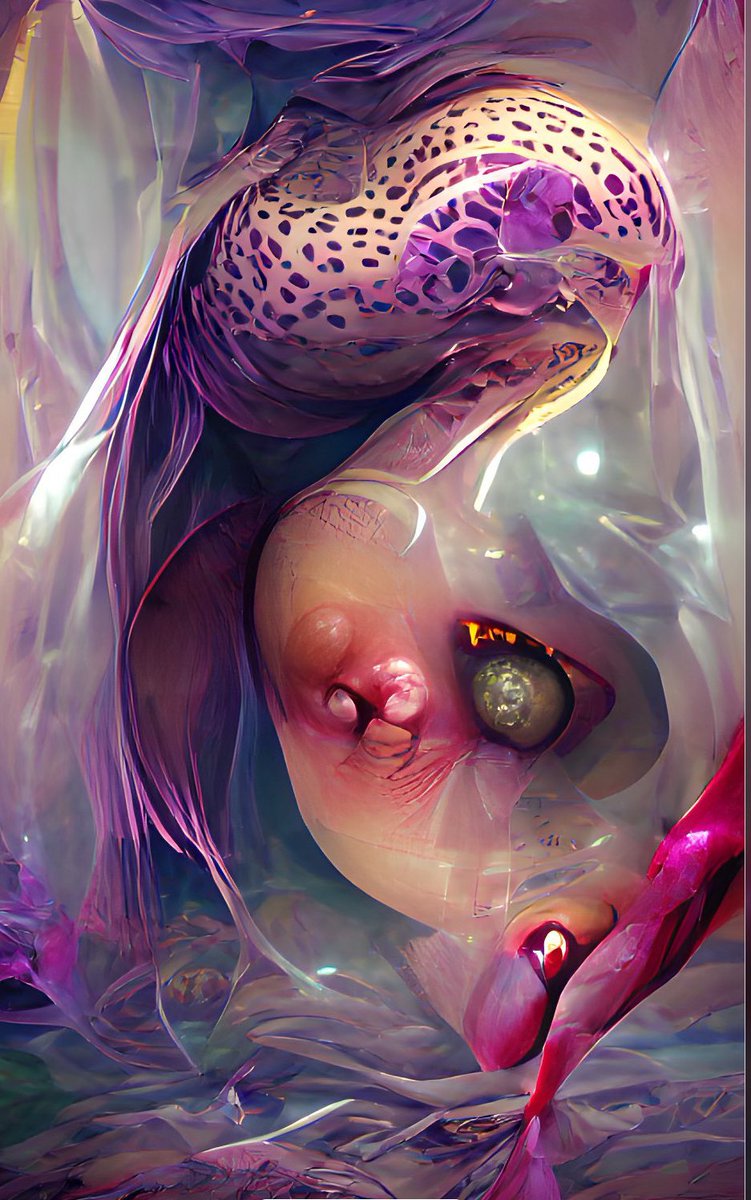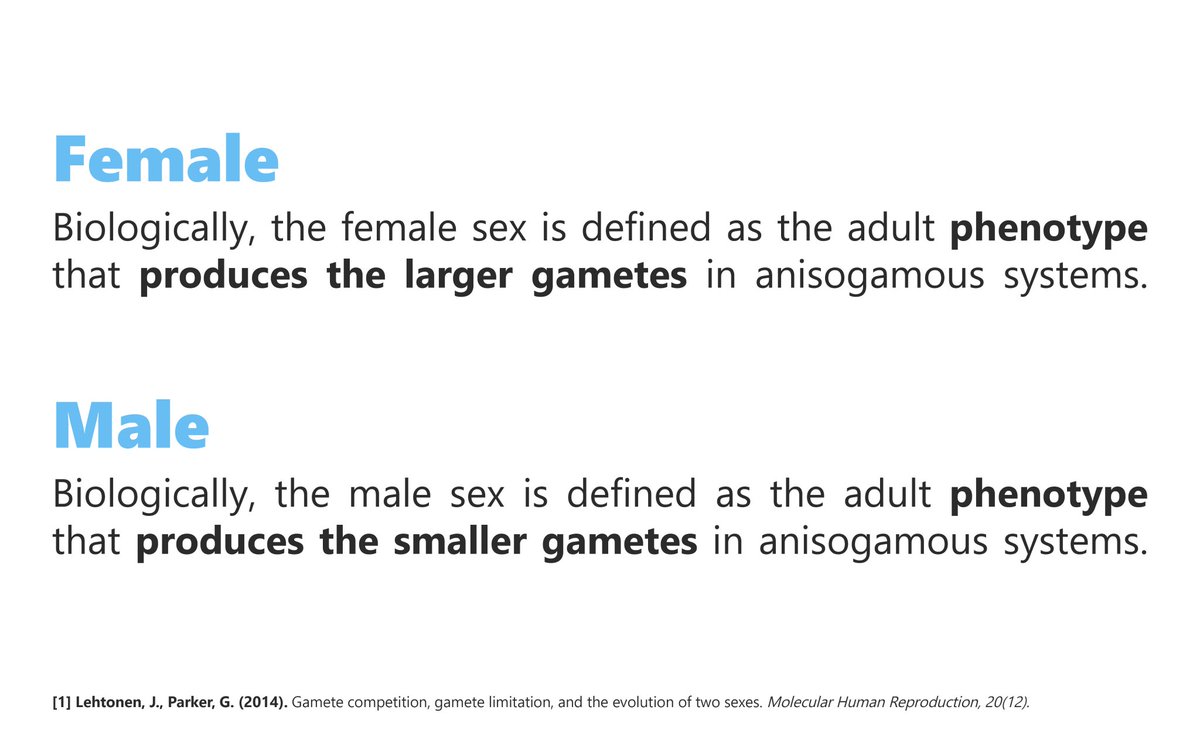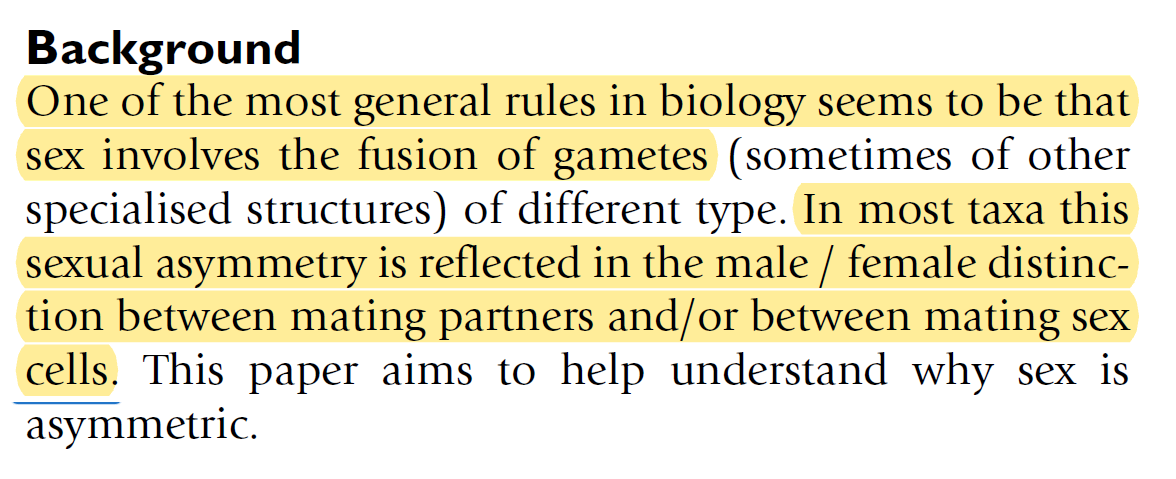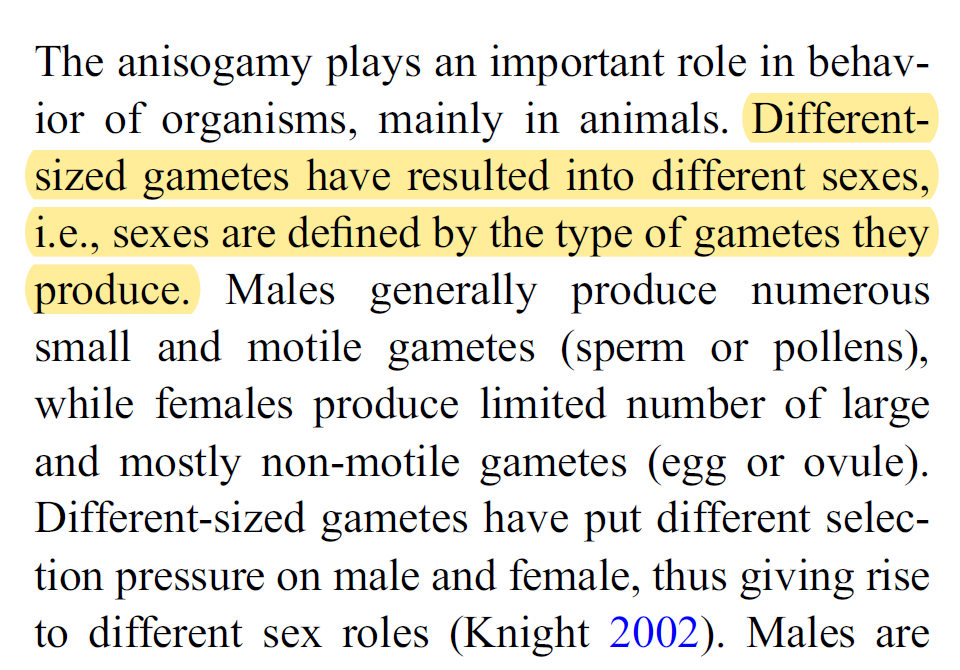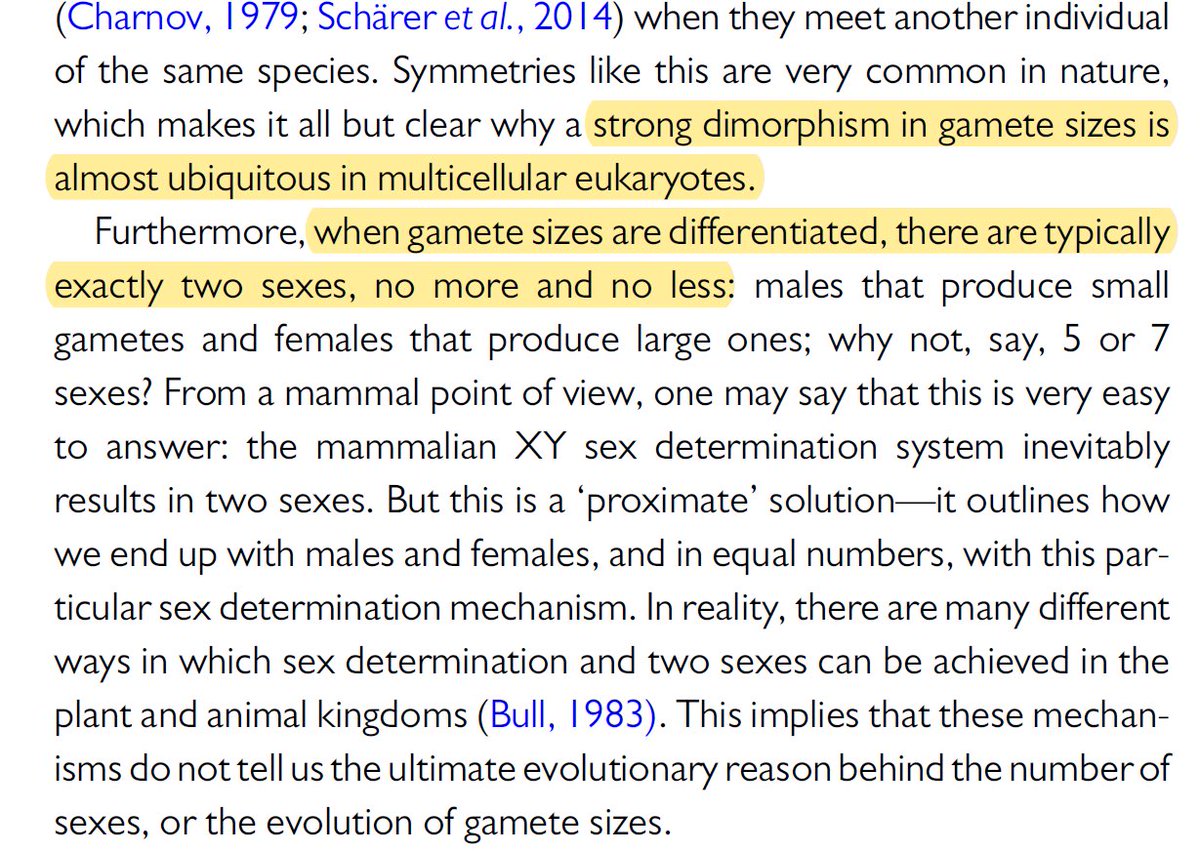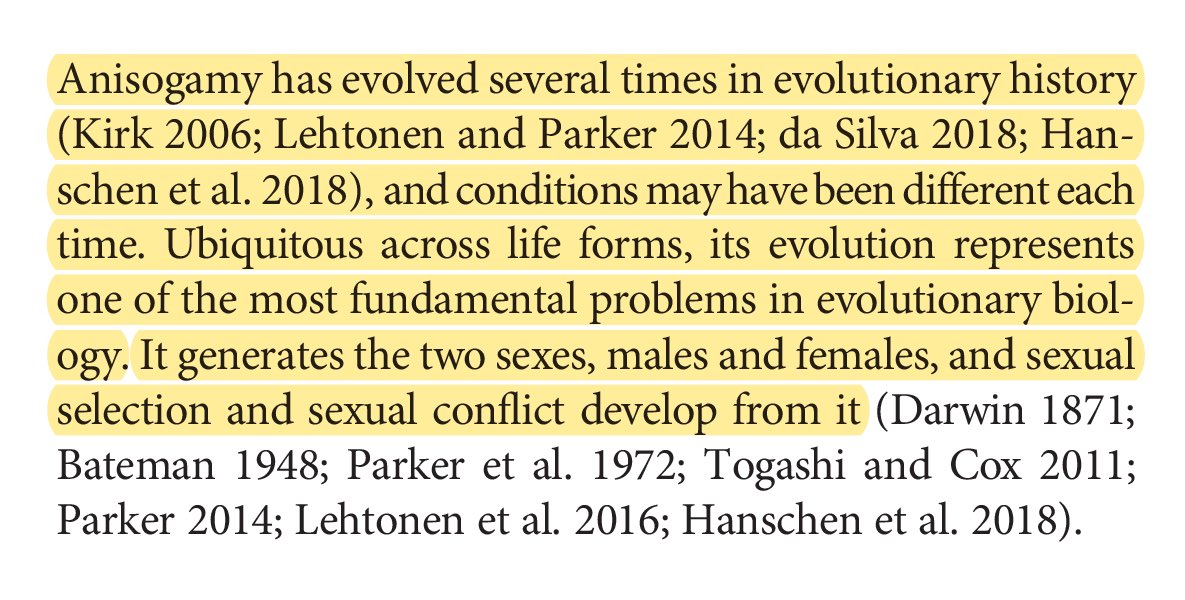
BREAKING: A new peer-reviewed study has been published in The Journal of Queer Mechanics, where spectrum researchers in the queerology of sex found two new gamete types.
"Sex is not binary, but a tetraspectrum," the authors write.
"Sex is not binary, but a tetraspectrum," the authors write.
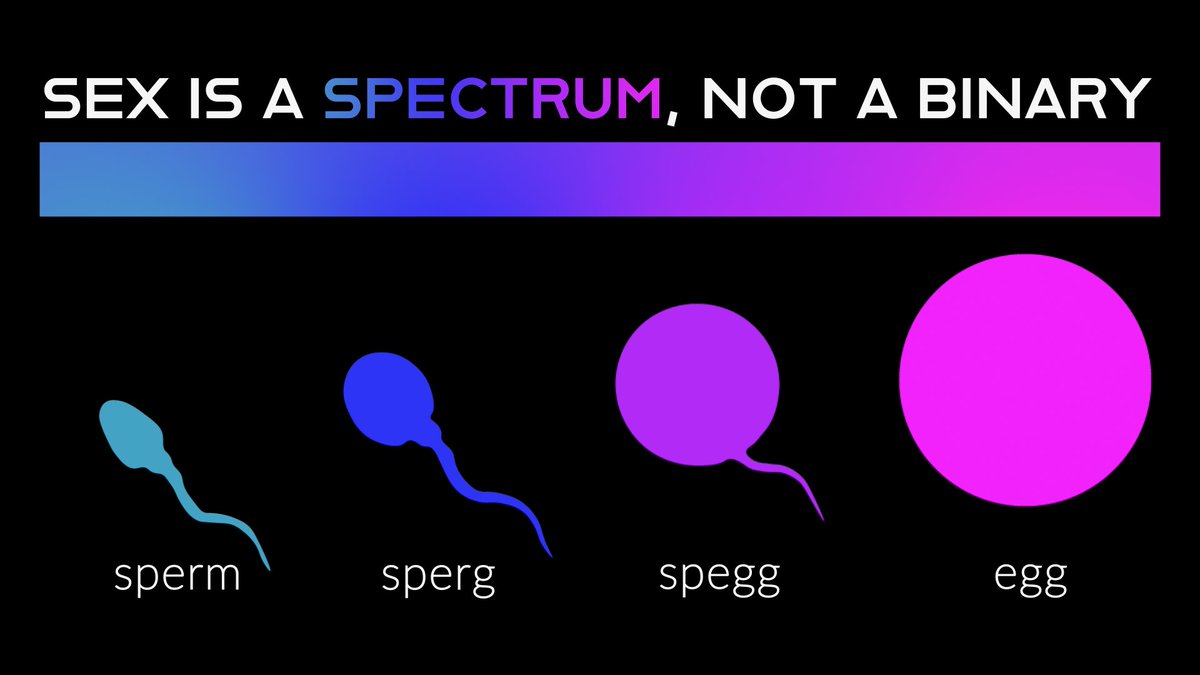
"This evidence shows that sex is more complicated than 3rd grade biology," writes Zane Xee, a disabled, Latinx, asexual, transqueer with frilly blue hair and light skin who uses Zee/Zim pronouns.
"The spergg and spegg opens up so many new research opportunities in the queerology of sex. I think we'll just continue to find more gamete types as our technology progresses," says one of the co-authors.
Another co-author, Lil T, writes, "These new gamete types show there is indeed a possibility for many new sexes and genders beyond male and female. My prediction is that by 2023, we'll see an explosion of spergg and spegg identities as society becomes more accepting of them."
The lead author of the study, Big T, writes, "We placed a sperm and egg cell in a dish and watched them closely, and then used a non-cisheteronormative interpretive methodology to arrive at the results."
Dx. Big T continues, "Most researchers assume that the sperm and egg are binary phenomenon. But when we watched the sperm begin to fuse with the egg, we found that there were many potentialities of being, where the sperm seemed to take on many transitory states as it fused."
"We found that the sperm and egg become fluid, spectral phenomena as they fuse, able to exist in a variety of states," Dx. Big T writes, "Unfortunately, we were only able to capture the sperg and spegg phases. Future research should explore other states of potentiality."
The researchers are currently requesting a grant to continue and expand future research into the sperm-egg spectral phenomena, hopefully helping to validate future identities. 🤓
[1] Dx. Big T., Dx. Lil T., Xee, Z., & Bob et al (2021). The sperm-egg tetraspectral phenomena creates a new challenge to the sex binary. The Journal of Queer Mechanics, 1(1).
• • •
Missing some Tweet in this thread? You can try to
force a refresh

